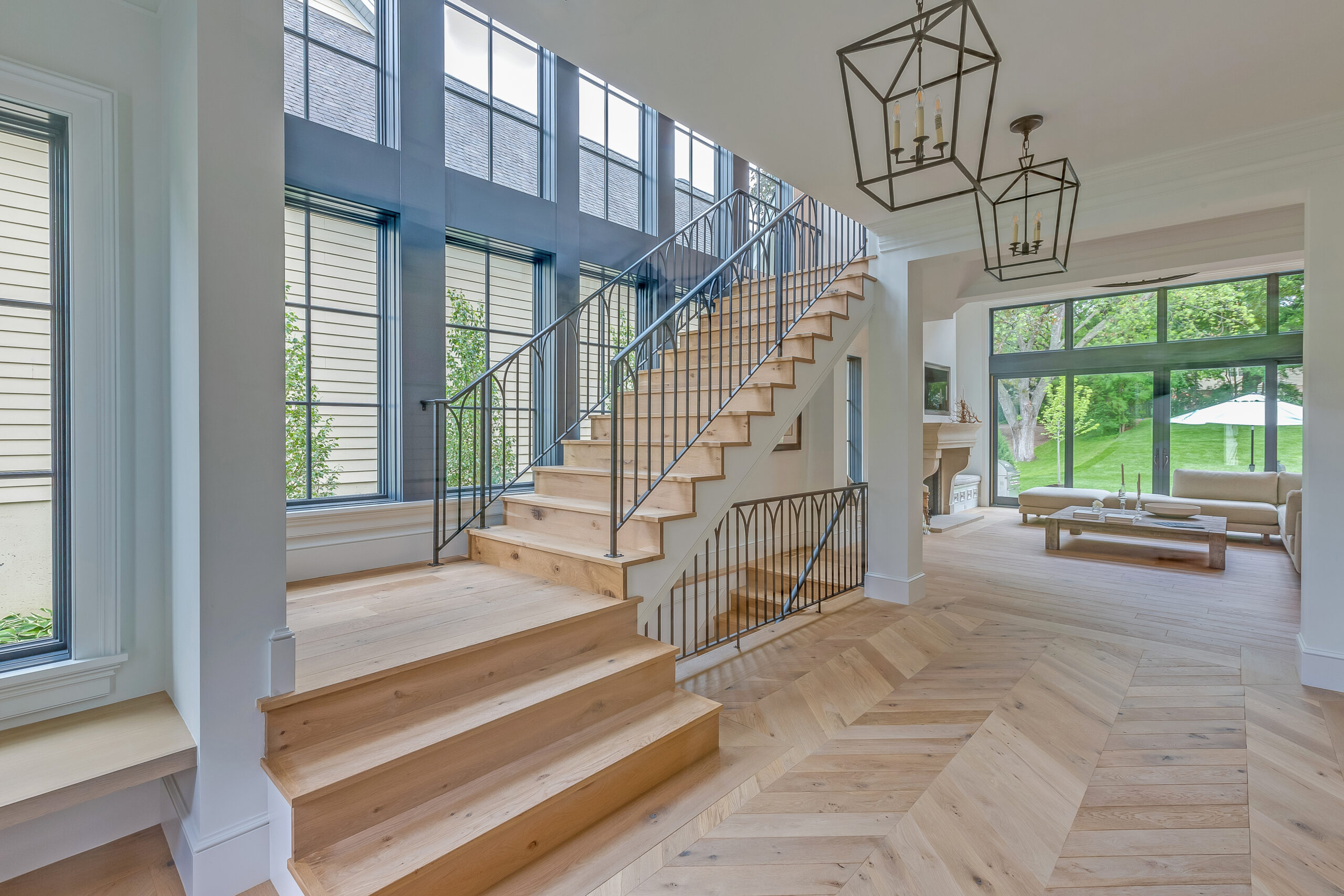Staircases serve as a focal point in many homes, yet they often remain overlooked when it comes to interior design and safety considerations. A carpet runner for stairs offers an elegant solution that combines aesthetic appeal with practical benefits. In this comprehensive guide, we’ll explore various stair runner ideas that can transform your staircase from a mere functional element into a stunning design feature. We’ll also discuss the safety benefits of carpet runners, material and pattern selection tips, and whether you should tackle installation yourself or hire a professional.
Understanding the Benefits of Stair Runners
A well-chosen carpet runner for stairs provides multiple advantages beyond simple visual enhancement. From a safety perspective, carpet runners significantly reduce the risk of slips and falls, which is especially important in households with young children, elderly individuals, or pets. The soft surface cushions footsteps, providing better traction compared to bare wood or tile staircases. Additionally, stair runners absorb sound, minimizing the noise of footsteps traversing up and down throughout the day. This acoustic benefit creates a more peaceful home environment, particularly in two-story houses where stairway noise can easily travel.
Beyond safety on stairs, carpet runners offer protective benefits for your staircase itself. High-traffic areas like stairs experience considerable wear over time, and adding a runner helps shield the underlying material from scratches, dents, and general deterioration. For homeowners with beautiful hardwood stairs, this protection preserves your investment while still allowing the beauty of the wood to show along the edges.
Exploring Material Options for Stair Runners
When choosing stair runner material, pattern, and texture, durability should be your primary consideration. Stairs endure constant foot traffic, making them one of the most heavily used areas in any home. Wool remains a premium choice due to its natural resilience, stain resistance, and long lifespan. Though more expensive initially, wool runners typically outlast synthetic alternatives, providing better value over time.
Synthetic options like nylon and polypropylene offer excellent durability at lower price points. These materials resist staining and fading while being easier to clean, making them practical choices for busy households with children or pets. For those seeking eco-friendly alternatives, sisal, jute, and seagrass provide natural texture and sustainable credentials, though they may not offer the same softness underfoot as wool or synthetic options.
The pile height and density also affect both comfort and longevity. A medium-pile runner strikes an ideal balance, providing comfort without being so plush that it creates a tripping hazard. When examining potential runners, bend a corner of the carpet to assess its density – quality runners won’t reveal their backing easily when folded.
Selecting Patterns and Colors That Complement Your Home
The visual aspect of choosing stair runner material and pattern carries significant weight in your decision process. Your staircase often connects different areas of your home, making it an important transitional design element. Traditional homes often benefit from classic patterns like stripes, herringbone, or subtle florals that complement architectural details. Contemporary spaces might call for geometric patterns, bold stripes, or solid colors with interesting textures.
A strategic approach to color selection involves considering both practical concerns and aesthetic harmony. Medium tones generally conceal dirt and wear better than very light or very dark options. If your staircase sits in a high-visibility area of your home, consider how your runner will coordinate with adjacent rooms. Many designers recommend selecting runners that incorporate colors found elsewhere in your home to create visual flow.
Striped patterns remain perennially popular for stair runners because they naturally guide the eye upward, enhancing the vertical dimension of your space. They also effectively hide wear patterns and minor stains. For narrow staircases, consider runners with vertical stripes to create an illusion of width, while horizontally-oriented patterns can make wide staircases feel more proportionate.
Installation Considerations: DIY vs. Professional
The installing stair runner DIY versus professional debate hinges on your comfort level with precision measuring, specialized tools, and the complexity of your staircase. A straight staircase with standard dimensions presents a more manageable DIY project than curved or irregularly shaped stairs. Proper installation requires precise measuring, cutting, and securing techniques to prevent dangerous rippling or slipping.
Professional installers bring expertise that ensures your runner lies perfectly flat, with consistent tension throughout the entire staircase. They navigate tricky transitions around landings and curved sections with specialized tools and techniques that most homeowners don’t possess. While DIY installation might save money initially, improper installation can lead to premature wear, tripping hazards, or the need for complete replacement. For quality results that maximize both safety and appearance, many homeowners find the investment in professional installation worthwhile. You can find qualified carpet installers through service directories like AskHomey, which connects homeowners with trusted local professionals.
Maintaining Your Stair Runner for Longevity
To maximize the lifespan of your carpet runner, implement a regular maintenance routine. Vacuum weekly using attachments designed for stairs to prevent dirt from becoming embedded in fibers. Address spills immediately by blotting (never rubbing) with a clean, damp cloth. Consider professional cleaning annually to remove deep-seated dirt and refresh the appearance of your runner.
Rotating your runner every few years can distribute wear more evenly, though this requires professional reinstallation. For high-traffic households, placing clear plastic stair treads over the most commonly used sections of your runner provides additional protection without compromising aesthetics from a distance.
For more tips and to connect with reliable home service professionals, follow AskHomey on Facebook and Instagram.



